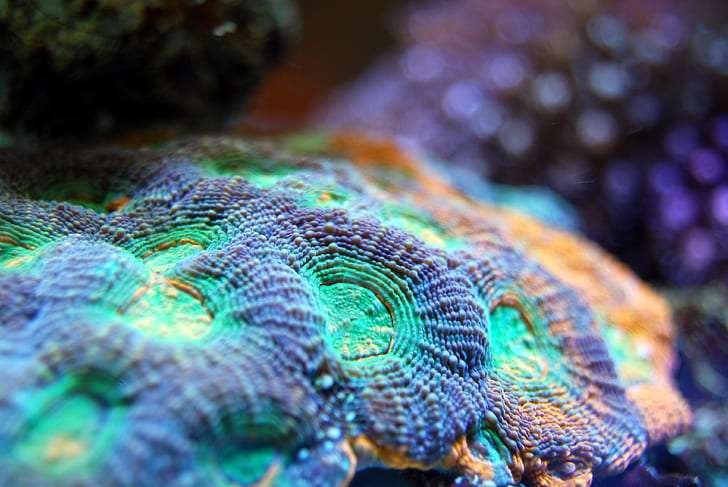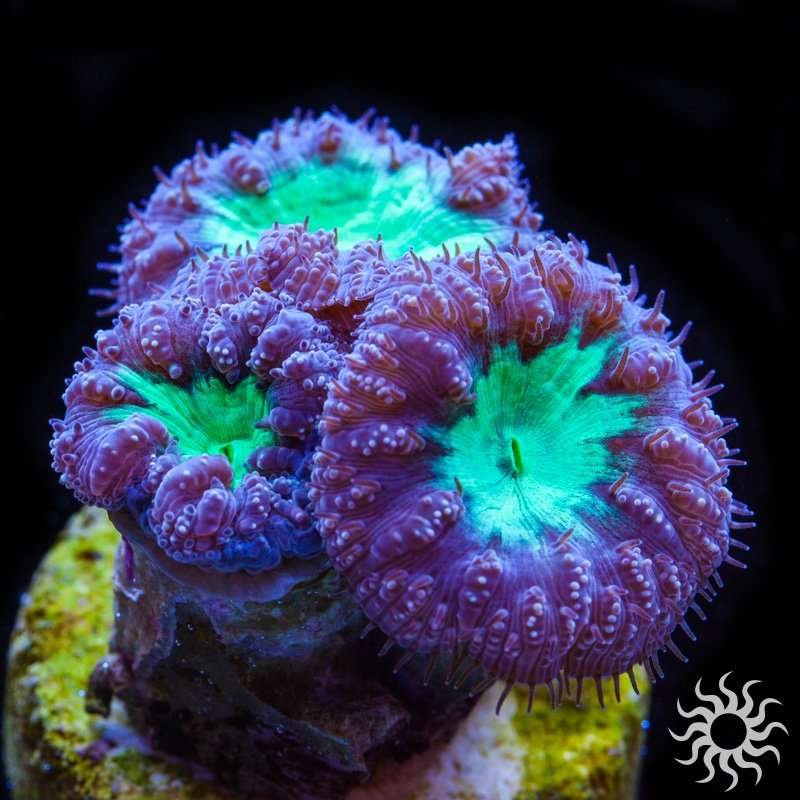Favites coral

Moon coral, or Favites coral (LPS), is a famous and easy-to-care-for type of coral that can give a reef tank bright colors and interesting textures. But Favites, like all coral species, need the right care and attention to do well in a tank. This blog post will talk about some of the best ways to take care of Favites coral in a reef tank.
Provide enough light
For favites coral to grow well, it needs modest to high lighting. Make sure that the lights in your reef tank meets the needs of photosynthesis for the coral. Reef tank fans often choose LED lights because they can be set to give off the right range and amount of light for coral growth.
Keep the water’s parameters stable
It’s good for the health of Favites coral to keep the water conditions fixed. It is best to keep your reef tank’s pH, temperature, salt, and alkalinity levels in the ranges that are suggested. Check these factors often with a reliable test kit and make changes as needed.
Allow enough water to flow
For favites coral to get rid of waste and other things on its surface, the water flow needs to be modest. Make sure there is enough water movement in your reef tank. You can do this with powerheads or other types of circulation fans. Make sure you don’t direct the flow right onto the coral, as this can hurt the tissue.
Change the water often
Water changes should be done on a regular basis to keep your Favites coral healthy. These changes help get rid of the waste that has built up and keep the water parameters fixed. About 10% of the water in your reef tank should be changed every two weeks.
Maintain regular feeding
Favites coral is a mixotroph, which means it can feed itself and get food from photosynthesis. The coral can live on photosynthesis alone, but feeding it small meaty things like mysis shrimp or zooplankton can help it grow and change color. If the coral wants to eat, feed it once or twice a week.
Avoid being too crowded
Favites coral needs enough room to feed and spread out its blooms. Do not put too many types of coral in your reef tank, as they may fight over room and resources. Allow a lot of space between coral groups so they can grow and spread out.
Keep an eye out for disease symptoms
Like many other types of coral, Favites coral can get sick. Watch out for any signs of tissue loss, changes in color, or strange behavior. If you notice any of these signs, you should remove the damaged coral and talk to someone who knows a lot about reef tanks.
Further Information
Because they have long, sweeper-like tentacles that can reach out and sting other corals, Favites corals are known for being violent. Give them a lot of room so they can grow and thrive without being bothered. You can find these corals mostly in the Indo-Pacific area, which includes the Red Sea, the Indian Ocean, and parts of the Western Pacific Ocean like Japan, the Line Islands, and the Tuamotu Islands. They are in the family Merulinidae and can be found in many different types of marine settings across this huge area.
The price of Favites corals can change based on their size and color. With reef enthusiasts’ needs in mind, aquacultured specimens are grown and treated with care. From birth to reproduction, they go through a process of care that makes sure they grow and stay healthy. This way of doing things makes sure that the animals that have been raised in tanks are ready for their new home, which makes it easier for them to adjust.
In the end, taking care of Favites corals in a reef tank means keeping an eye on the lighting, water factors, water flow, feeding, and keeping them from getting sick. You can enjoy this coral species’ beauty for many years if you give it the right conditions and take care of it regularly.


